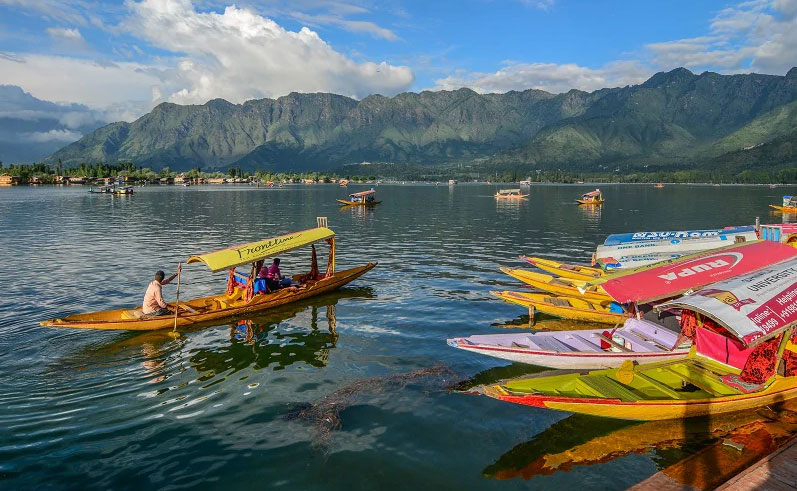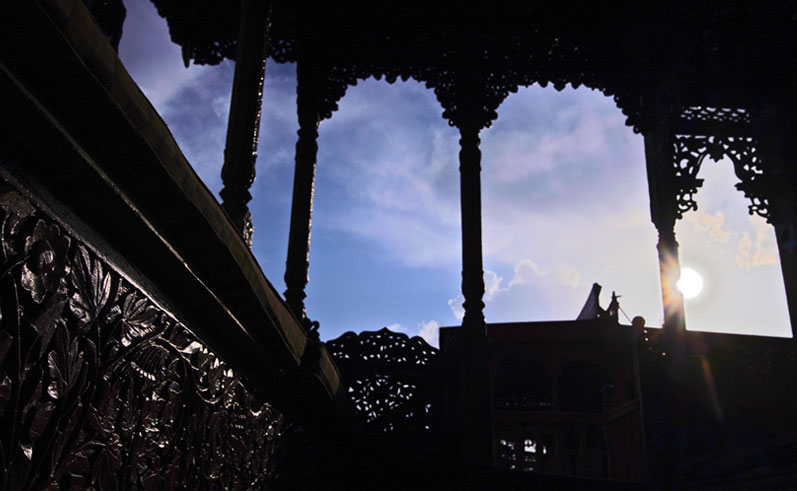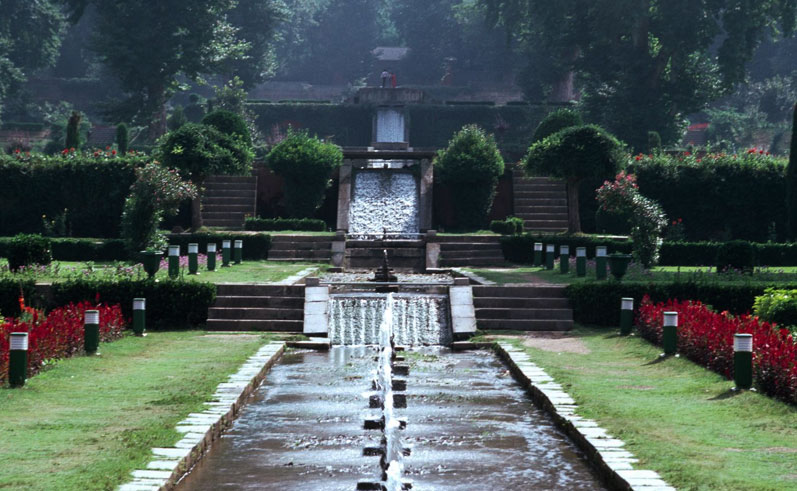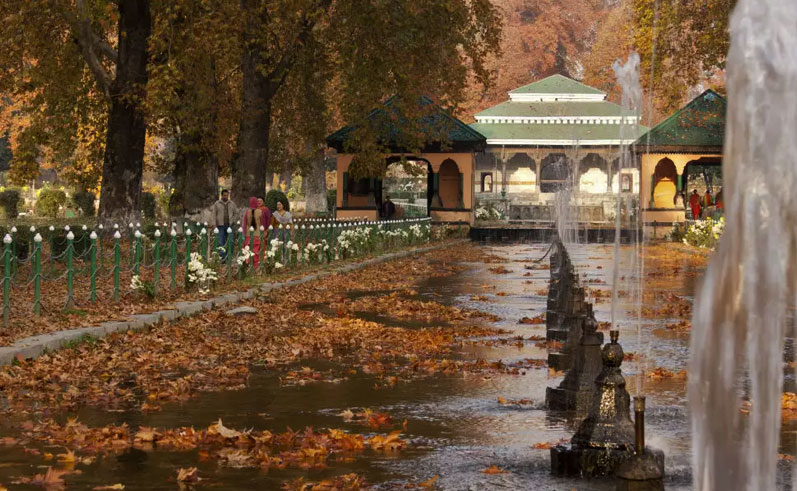Take a traditional Shikara boat to explore the canals and hidden byeways of the aquatic paradise that is Dal Lake. See the waterside shops and houses where the rhythm of life has hardly changed for centuries. This ride will give you a true sense of the beautiful lake, back waters, village life and vegetable gardens.
Includes Dal Lake, back waters, Nageen Lake and visit to Hazratbal Mosque. One staff from the Meena crew will accompany all rides to help. Perfect for bird watchers.


A one day trip from Meena Houseboats
This is a superb hill walk offering great views of Dal Lake and the surrounding hills. The hike is moderate-strenuous and anyone with an average level of fitness can do it. The trail originates from a Sufi shrine near a small village and terminates at a small cave where the Sufi saint is believed to have meditated for several years. We will be accompanied by a villager, who will also host our lunch when we finish the trek. This person belongs to a rishi (a high caste Hindu) family of the village; he is very proud of his origins and takes great delight in showing visitors the scenic beauty of his birthplace. The whole trek lasts around 3-4 hours and is quite steep at a few places with loose stones. This is a round trip and concludes at the house where a refreshing lunch with our guide’s family awaits us.

The walk begins at Zaina Kadal (bridge). Across the bridge is a living breathing museum of Islamic architecture, where as far as the eye can see are located homes, more than a century old. Tramp through the old quarters of Srinagar city into narrow streets, past structures and buildings, relics from an earlier period, trying to retain their dignity in the fast changing world so alien to them. The last stop on our itinerary is the Zaina Kadal Market to soak up the atmosphere so typical of a local market anywhere in the world. Take in the sights and aromas of spices and dry fruits on display; watch the coppersmiths at their craft beating sheets of copper into a souvenir that you may want to take home.
After a traditional Kashmiri lunch in a local restaurant, drive up to the Shankaracharya temple. The car will take you to the foot of the flight of stairs, leading to the temple point and no further. The rest of way you climb but the effort is worth it because the bird eye views of the valley from the temple precincts are truly breathtaking. After visiting the temple you take a shikara ride all the way back to Meena Houseboats

Laid out in the 17th C. (1634 AD) by Mirza Abul Hasan, the Nishat Bagh is amongst the most prominent gardens that the Mughals developed in the erstwhile Hindustan. The bagh or garden is located directly along the eastern bank of the Dal Lake on the foot of Zabarwan mountain range. The garden stretches out over a rectangular area of approximately 116.70 acres, and measures about 556.50 x 350.00 m, which equals 6 quarters (3 x 2) of the traditional chahar bagh concept.
Nishat Bagh's exceptional quality lies therefore in its setting, the complex terraced layout, the play of water cascades, the views it offers, and its ecology. Length-wise, the garden consists of twelve terraces, supposedly symbolizing the twelve signs of the zodiac. The width of the garden consists of seven linear sections, which make up three main sections; a central wing with the main water features and two lower laying side wings. The terraces in the garden rise not only from the Dal Lake up the mountain side, along the length of the garden, but also along its width from the side wings to the central channel axis. The sophisticated geometrical manner by which the chahar bagh concept and terraces have been adapted to the contours of the mountainside contribute towards making Nishat Bagh one of the finest representations of traditional chahar bagh garden layouts spread across the Islamic world.
Early origins of the Shalimar Bagh garden and cultural landscape go as far back as the 6th C. As it is believed that at Shalimar a villa was built by Pravarassena II in the late 6th Century, when the garden was a sacred site. The small village at the site retained the name Shalimar, while the villa and garden vanished. In the 16th C. An early Muslim King, Zain-ul-Abidin, is said to have created the canal and a bund (embankment) to Shalimar. The Farah Bakhsh, the 'Joy-Imparting' garden or lower garden of Shalimar Bagh was created by Emperor Jahangir around 1620. The construction was overseen by Prince Khurram, the later Shah Jahan. Like the Nishat Bagh, this garden was also developed along the lines of traditional chahar bagh concept. After his accession to the throne Shah Jahan added the Fayz Bakhsh, the 'Bounty-Bestowing' garden or the zenana to the earlier Farah Bakhsh at Shalimar Bagh. The work was carried out around 1630 by Zafar Khan, the Mughal governor of Kashmir and included the building of the black marble pavilion in the zenana.

We're the only in Srinagar which provide 5 Star Amenities
Bar/Lounge

Tea/Coffee Maker
Hair dryer
High Speed WiFi
Refrigerators